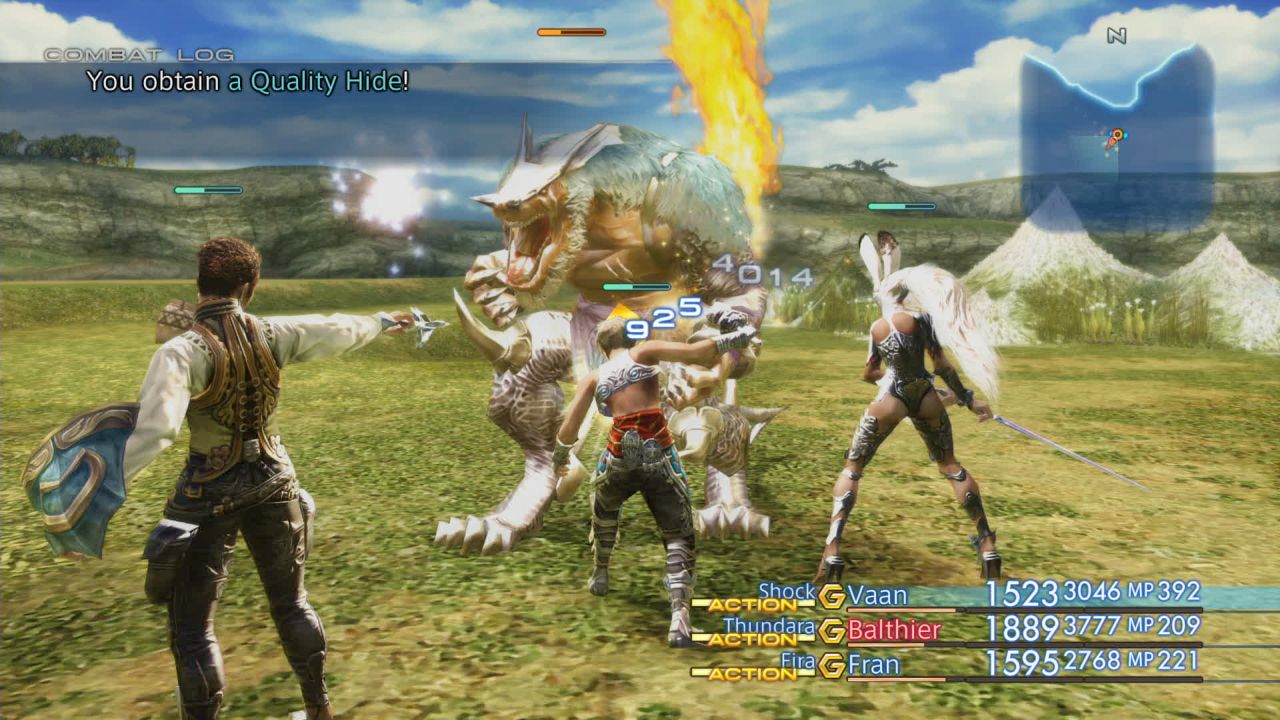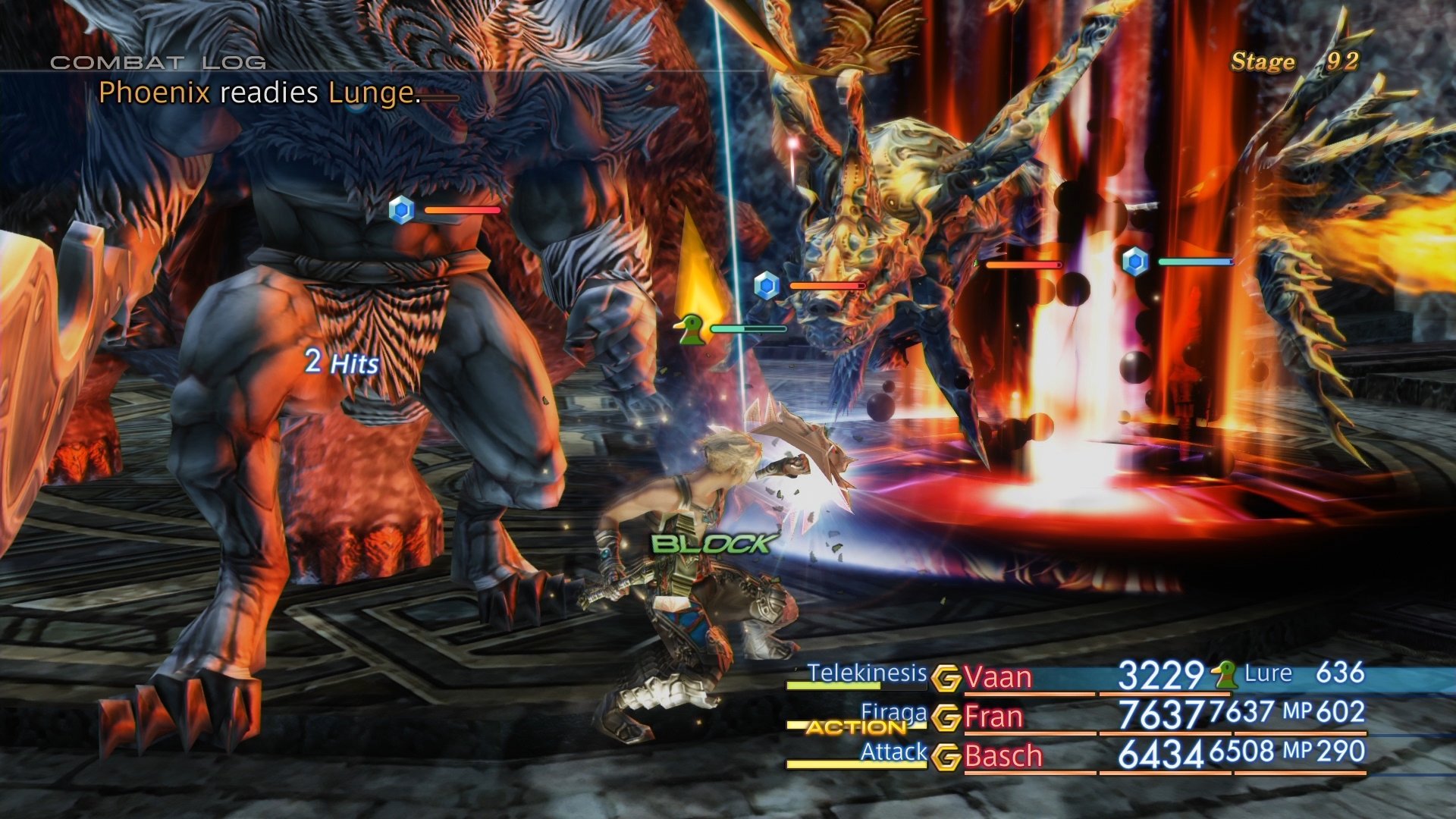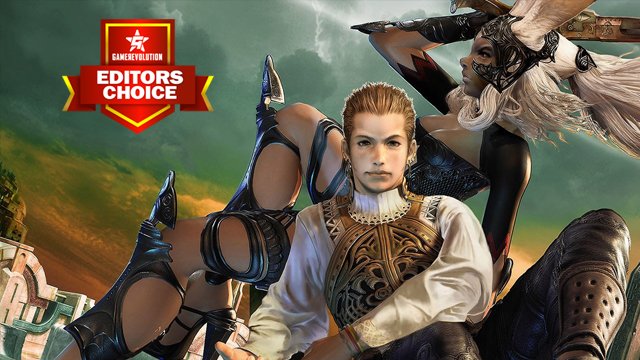Final Fantasy XII has long been a point of contention among hardcore fans of the franchise. After the original game released for PlayStation 2 as the console was reaching its twilight years, it was met with critical praise, but something of a divide grew between fans. Some were delighted by its sudden departure from familiar Final Fantasy tropes, while others weren’t quite ready to dive into its politically-charged narrative. Whatever your take on the twelfth core Final Fantasy entry, there’s no denying the quality of the appeal of Square Enix’s Final Fantasy XII: The Zodiac Age, an HD remaster based on a Japanese variation on the game released back in 2007.
Final Fantasy XII International Zodiac Job System, as the remaster was called, was introduced with an entirely new set of 12 new License Boards in comparison to the original game’s singular board with board names corresponding to each Zodiac sign as well as a specific job. It also featured several important augments exclusive to the Japanese release, which have been reproduced here in Final Fantasy XII: The Zodiac Age to great effect. It’s an exemplary release in terms of what remasters are capable of as well as how the additional content originally implemented for the Japanese version can change up a game with divisive issues in the first place.
101 Dalmascans
Final Fantasy XII sets the stage with a slightly stuffy tale of political intrigue when it first kicks off, weaving the tale of Dalmasca, whose Princess Ashe and Prince Rasler of Nabradia have been married. Not long after that everything spirals into chaos, with an invasion by the Archadian Empire. In the blink of an eye, important figures are assassinated and one central character is blamed for their deaths — but that’s something you’ll find out more about later.
Most of the game places you in the shoes of Rabanastre youth Vaan, who ends up tangling with the very individuals at the center of the Dalmascan political nightmare that’s just unfolded, such as sky pirates Balthier and Fran as well as Vaan’s friend Penelo. H dreams of piloting his own airship someday, and he’s likeable enough, but he doesn’t have the same chutzpah as many other Final Fantasy protagonist mainstays, which is one of the complaints fans had with him in the first place.
Still, he’s meant to act as a “window” into the web of secrets and revelations from the other characters, and he does his job in that respect. Without spoiling too much, these characters all play important roles in bringing the truth behind what happened back during the royal wedding to light, and there are several plot points that will certainly come as a surprise if this is your first time playing through the game.
It’s a bit more complicated than that of the classic Final Fantasy lore, but if you stick with it and invest time and attention into each of the characters, you’ll find a rich and detailed world to sink your teeth into here, which is made even more palatable by the array of augments that have been imparted by way of the International Zodiac Job System alterations. Think Game of Thrones set in the world of Final Fantasy, minus anyone as obnoxious as Joffrey.
Going to Work

Of course, Final Fantasy XII’s core content and plot points will remain the same, and that’s for you to decide if you like or not — it’s not much a remaster could change if you’re dead set on hating Vaan and company. However, the fresh coat of paint the game has been given mechanically and aesthetically is a massive boon for anyone looking to get into the game for the first time or jump back in.
Number one on the list is the job system, which is one of the main draws in-game. Job systems are far from new to Final Fantasy games in general, but previously the original Final Fantasy XII relied on a License Board system meant for character growth. Every character was previously assigned the same board, so by the end of the game unless you were able to make some great changes by providence, you had a crew of samey characters with abilities that didn’t complement each other well.
“…the fresh coat of paint the game has been given mechanically and aesthetically is a massive boon for anyone looking to get into the game for the first time or jump back in.”
This time around, there are 12 different jobs from Red Battlemages to Time Battlemages and everything in between. You can assign characters different roles with varying stat growth opportunities, which is a much more interesting and engaging approach than unlocking the same things for the same characters over and over again. You can even have characters switching between two jobs, which opens up things even further.
If you want a party of all mages, that’s up to you (and a bad idea.) If you want to switch things up and go for a more traditional spread, you can do that too. It opens up a brand new world of strategy and planning that simply wasn’t viable in the original game, especially when it comes to combat.
Fighting Spirit

There aren’t any random battles in Final Fantasy XII, either, marking an important change from some of its previous iterations. Instead, much like in MMOs or the like, you’ll run past monsters and enemies and draw ago from them until you’re forced into battle. When you do get into a fight, which isn’t a separate affair from traversing the map regularly. You won’t enter a separate screen to do battle in, either, instead choosing attacks and abilities from the menu that pops up.
Gambits are your claim to fame in Final Fantasy XII, just like Paradigm Shifts were important in Final Fantasy XIII. You choose a target, an action, and the priority of said action when setting up gambits. These are useful when it comes to programming party members to perform accordingly, especially in longer, drawn-out boss fights. For example, if you decide you want a character to heal you if your health goes below a certain target percentage, you can set that up.
In addition you can summon Espers, much like Eidolons, Aeons or Guardian Forces from previous games to keep you on top. You’ve also got Quickenings, which can be likened to Limit Breaks or special abilities, of which each character can learn three, which can be chained into attacks called Mist Chains, then ultimately a Concurrence. It might sound complicated, and it feels that way at first, but it’s quite simple to settle into, especially since you’ve got more variety with the new job system to play with.
Under Construction
Aside from the biggest alterations such as the introduction of the Zodiac job system, The Zodiac Age also introduces several other important changes. For one, the game’s difficulty has been balanced in a fairer manner, so if you’ve played the game before and you notice that it’s a little simpler than it used to be, you’re not seeing things. The edge does seem to have been dulled in certain areas, but that’s only for the better. It feels decidedly less frustrating during times where you should be challenged by tougher monsters instead of the sheer occurrence of additional enemies.
Further, a new option called Trial Mode is open for you to try your luck in battle, as a completely separate set of fights that pit you against 100 stages of enemies. You can use your save data and current party to make it through Trial Mode if you so choose as you make your way through a swath of enemies who want to tear you limb from limb. It’s a decadently challenging mode if you just want to spend some time practicing gambits and other combat strategies.
There’s also the High Speed Mode, which isn’t a separate option, but feels just as vastly important as the rest of the additions to the game. You can hold down one button to speed up the game completely, such as a boring segment where you’re traversing a wide expanse of land or simply wishing to try your hand out at a speedrun of sorts. It’s extremely useful as a Final Fantasy veteran, and I found myself wishing more than once I could implement it in other games. That’s the nature of the changes in-game, including some you don’t even realize you want until you notice they’re there, such as the addition of Trophy support since the game is on PlayStation 4.
The new features continue with the addition of the autosave, which will save your progress between map areas as well as improved maps, UI fonts, and a smattering of other tweaks that make journeying through the in-game world feel much less like a slog and more like a modernization of a classic game, as it should. Graphically speaking, some of the facial textures still appear a little murky, but that’s more likened to the game’s art style than a lack of polish, as the rest of the game looks clear and bright, with excellent cut scenes and enhancements to scenes that were in dire need of improvement.
What I was unexpectedly impressed by the most was the enhanced soundtrack, which took the original tunes from Final Fantasy XII and injected them with a newly-orchestrated sound that exploded out of my speakers in the most pleasant way possible. If you’re a fan of Final Fantasy music as-is, this is one soundtrack you’ll want to seek out.
Conclusion
Final Fantasy XII: The Zodiac Age is an excellent remaster with plenty to offer fans new and old. If you never experienced the game during its heyday or simply couldn’t get past some of its shortcomings, The Zodiac Age is a perfect way to re-enter the game or start from scratch. It’s gotten the loving, reinvigorating treatment so many other entries in the series deserve, so if you’re hoping to see more of this kind of the thing in the future, it may be in your best interest to make sure Square Enix knows you’re interested with your wallet. Final Fantasy XII not worth jumping back into? Don’t believe Ondore’s lies.
Brittany Vincent is an Editor at GameRevolution. You can follow her on Twitter @MolotovCupcake.
A PS4 copy of Final Fantasy XII: The Zodiac Age was provided by its publisher. Final Fantasy XII: The Zodiac Age is exclusive to PS4.
-
Vast improvements to UI, map and more
-
Zodiac job system is much more intuitive
-
Orchestral soundtrack offers excellent ambiance
-
Some muddy textures still remain












